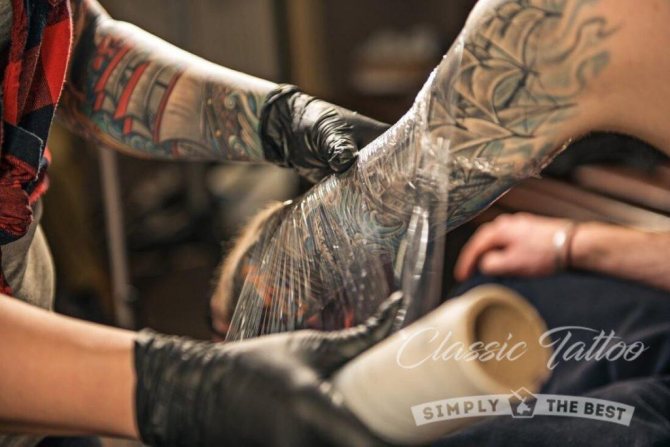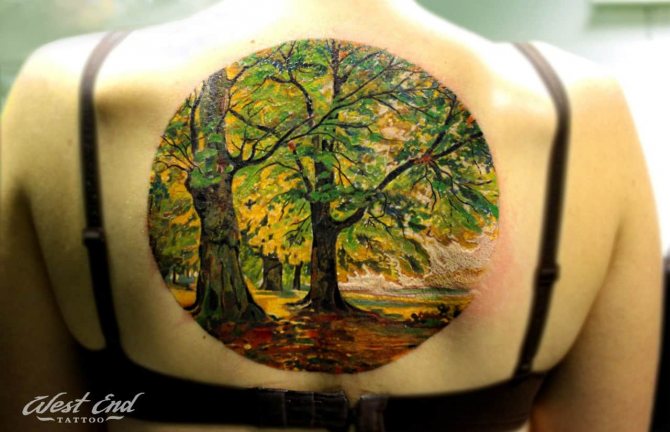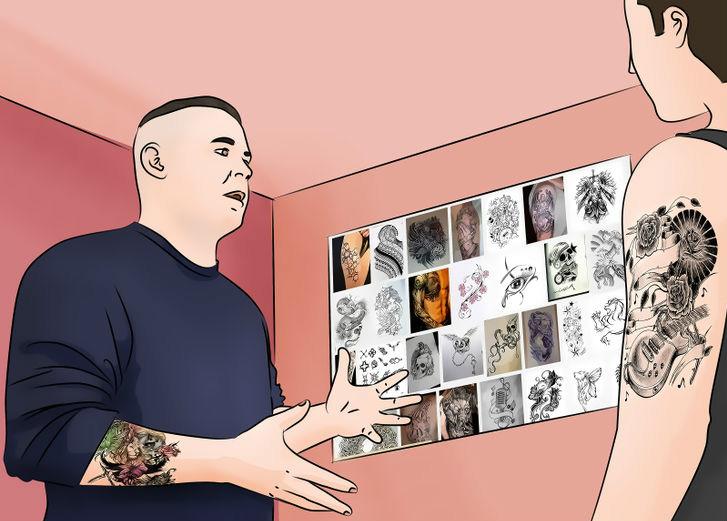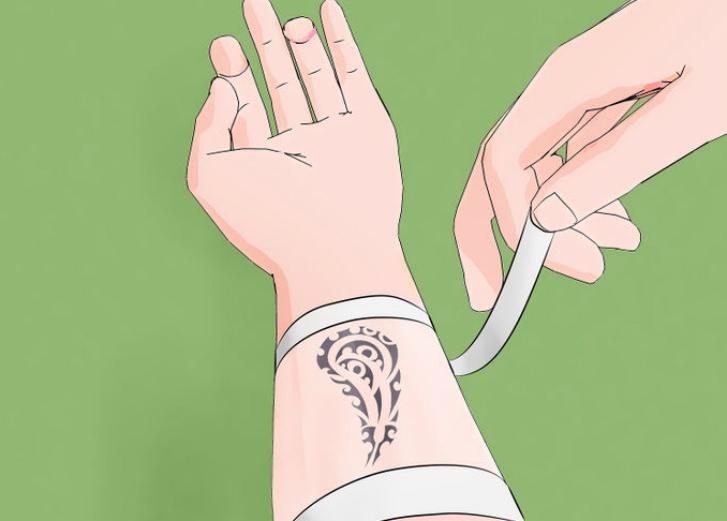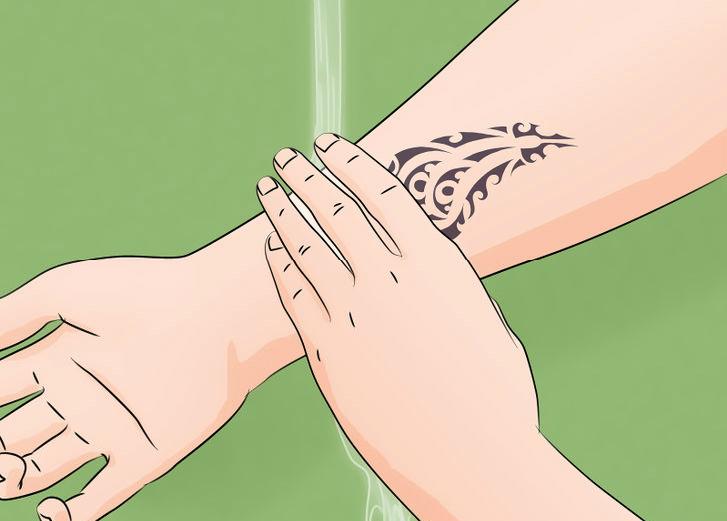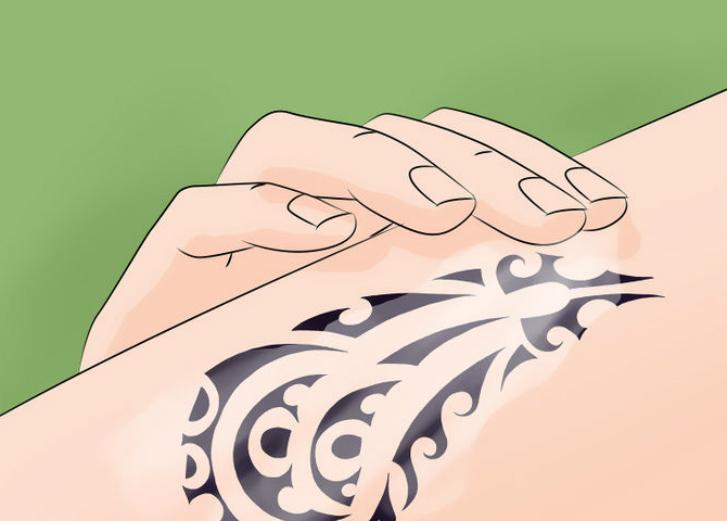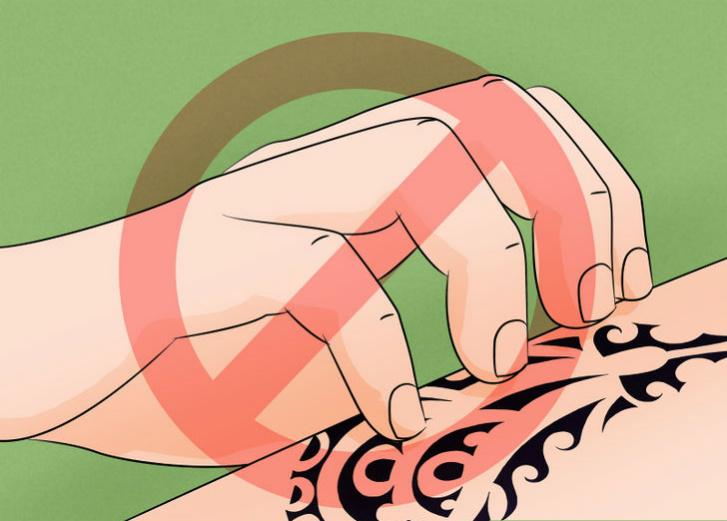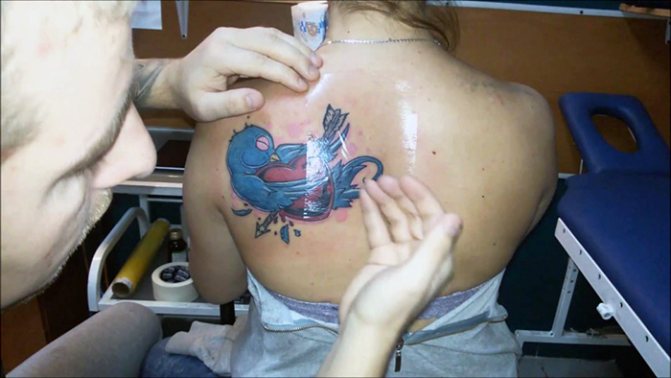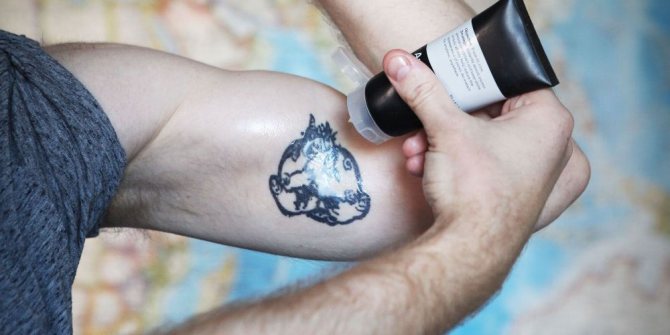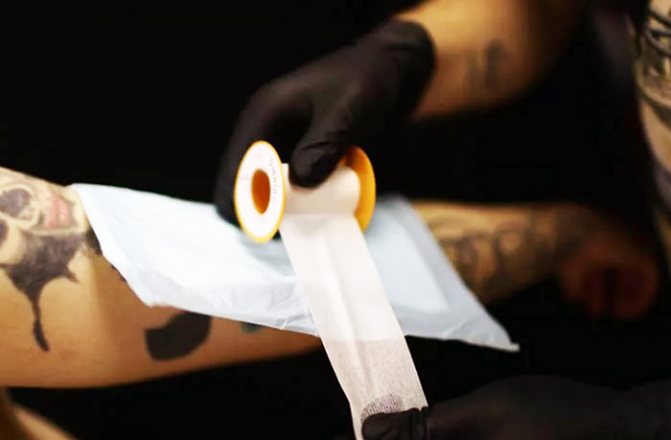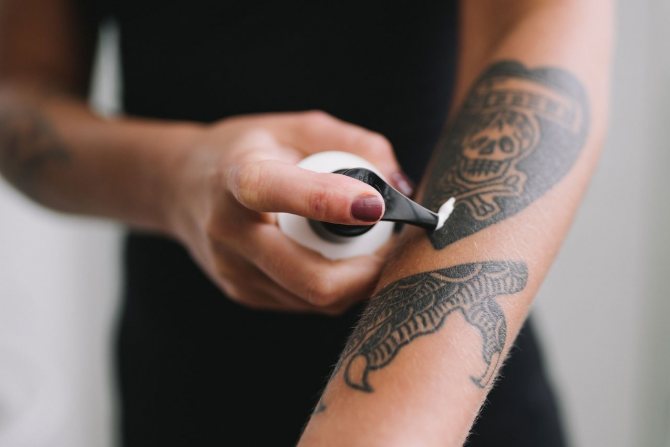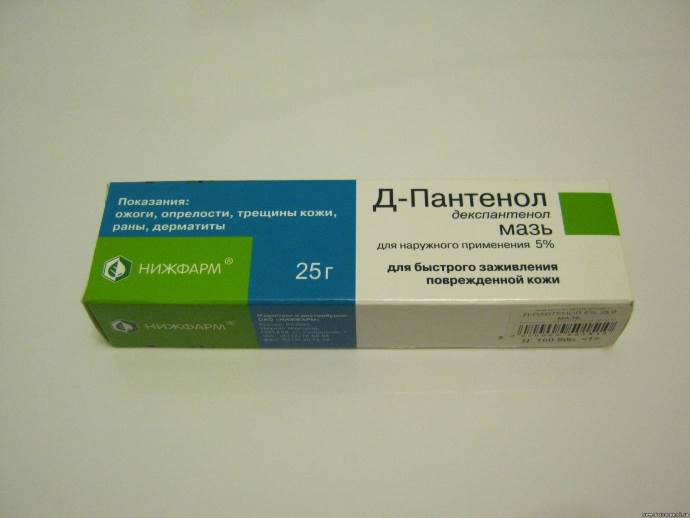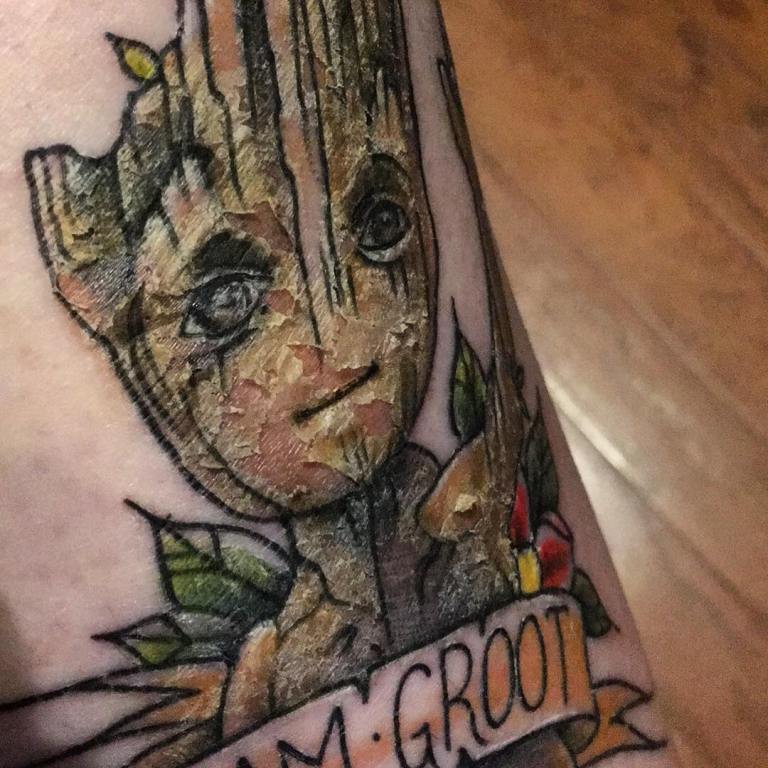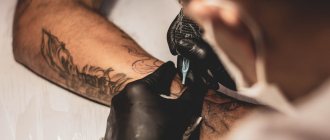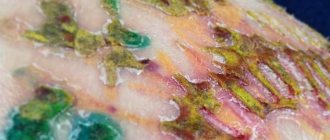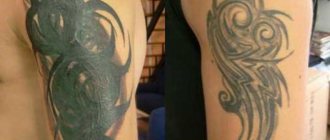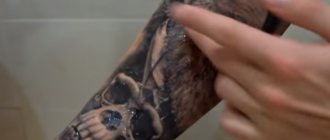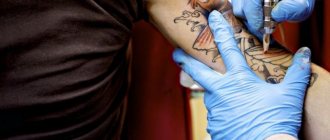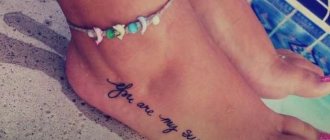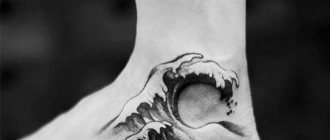Why is it necessary to care for a tattoo? The process of tattooing is a hammering of paint under the skin, which is immediately traumatized, and the fresh drawing at first looks like one solid wound. Therefore, until the complete healing is required to undergo a period of rehabilitation, otherwise there can be serious complications. Having decided to put an image on the body, it is important for everyone to know how to take care of the tattoo.
And in order for the image to remain clear and bright, care for it must be competent and correct. If the responsible approach to the restoration process, it will pass without damage to health, and the tattoo will enjoy the beauty for many years.
How long does it take for a tattoo to heal
There can be no exact answer to the question of how long it takes for a tattoo to heal, as it depends on the structure of the skin and the body's immunity. Some for recovery enough for a few days, while others require much more time. In addition, the place of tattooing also matters: for example, on the ankle the healing process lasts longer than on the arm, but it is necessary to take care of a fresh tattoo regardless of its application.
Approximately a couple of days after the session, a crust appears on the drawing as a result of the formation of suds. Many people make the mistake and rip it off, which should not be done categorically. Yes, the traumatized place on the skin itches and peels, which is why tattoo care is so important. And if the healing process goes correctly, the crust will soon disappear on its own. On average, it takes 7 to 10 days to recover.
Depending on the structure of the skin, it is often necessary to correct the tattoo after healing, and you should be prepared for a longer rehabilitation time. And to make the tattoo less itchy, it should be lubricated with healing agents that will reduce the discomfort. The skin will gradually stop itching, the redness around the design will disappear, and the stages of tattoo healing will pass with minimal discomfort.

Ablative removal.
During laser resurfacing with Er:YAG-laser (Erbium laser) the skin area along with the pigment is physically removed (vaporized). It is possible to remove tattoos of any color and origin.
Laser resurfacing gives excellent results when the dye is located in the superficial layers of the epidermis, which is possible with the high professionalism of the tattoo artist.
However, in most cases dye granules, especially amateur "tattoos", old professional and some traumatic tattoos are often deep in the dermal area. Consequently, any attempt to remove such a tattoo by ablative method will lead with a high degree of probability to the formation of a postoperative scar.
Tattoo care: general recommendations
Rules of care for a tattoo, from the moment of padding and ending with full healing, we will consider below, but for now we focus on the general rules.
Interesting: How to hide stretch marks on the stomach?
- A fresh image on the skin immediately after application should be covered with a film.
- It is best to ointment the tattoo for healing with the following ointments "Etonium" or "Bepanten"..
- Rinse the picture with warm water, carefully blotting the moisture with a napkin.
- Twice a day you should gently wipe the tattoo with a absorbent cotton soaked in chamomile infusion.
- It is recommended to keep the fresh drawing open so that it dries faster.


Care of a new tattoo: what not to do
To ensure that the image on the body quickly healed and did not lose its colors, you need not only the right care for the tattoo, but also the strict observance of important nuances. What is forbidden?
- You can't rub the tattoo The first few days using a washcloth or towel is prohibited.
- The use of soap is also forbidden.Only gentle treatment of the skin with water.
- It is not recommended to drink alcohol After the tattoo, it will slow down the healing process.
- It is desirable not to wear clothes made of synthetic material To avoid allergic reactions.
- In the first week, do not go to the solariumThe sauna, the beach, and swimming in the pool.
- Freshly tattooed should be hidden from the bright sunTo paint does not fade and do not burn.
- In no case can not scratch off the crust of the tattoo.Otherwise the image will "sprawl".


How to take care of a tattoo immediately after application
So, you got a new tattoo, what should you do on the same day?
- After the session, the master will wrap the fresh image with food film for healing - it is necessary to protect the traumatized skin area from contact with the external environment. Ask the master when you should Change the bandage (usually after 2-3 hours)..
- How to properly care for the tattoo? First of all it is necessary to change the film carefully, having preliminary washed a tattoo with warm water with addition of baby soap. It is necessary to wash only with the palm of the hand, without using a sponge, so as not to damage the wound.
- Next, the area of the skin should be blotted from moisture with paper towels or a cotton pad (but, in no case, not with a towel - it can traumatize the fresh layer). After that, leave the skin to dry for 15 minutes at room temperature.
- Gently apply tattoo healing ointment to the image (it is advisable not to use cream and not to smear the tattoo with petroleum jelly - they do not penetrate well under the skin). Then reapply the food film on the fresh image. This procedure should be repeated before going to bed.
Interesting: Tattoo on the eyes, how to do, consequences and photos
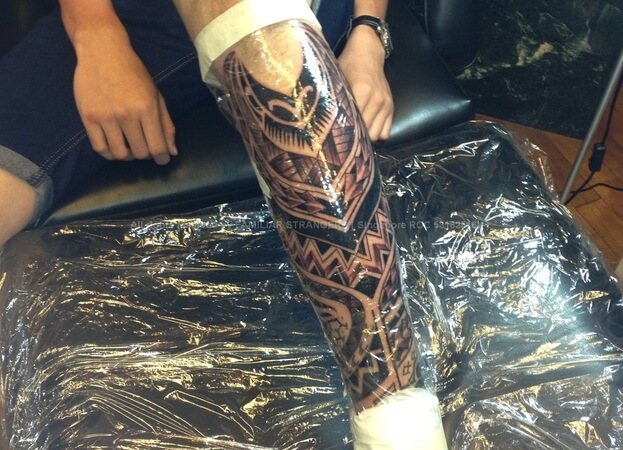

How to take care of a tattoo in the first days
The following days after the session requires careful care for the fresh tattoo.
- On the second day the film should be changed a few more times, not forgetting to rinse the picture carefully with water and treat the tattoo with an ointment for healing. Try not to let the traumatized area be disturbed by tight clothing, wear loose-fitting clothes.
- On the third day There is no more necessity in using the film - the tattoo should heal naturally, and continue to smear the drawing. It is possible to wash the tattoo, but it is better not to wash in the bathroom for the time being, but to take a shower, but not with soap, but with a soft gel.
- How to take care of the tattoo in the first days? It is obligatory to apply a healing ointment on the image at least four times a day (make sure it does not contain alcohol). There is no need to rub it in, just gently dab the tattoo with the pad of your finger.
- Do not be alarmed if you see the paint flowing out - It is a natural process. But if you notice severe painful redness or suspicious swelling - go to the doctor immediately. These signs may be the first symptoms of inflammation.
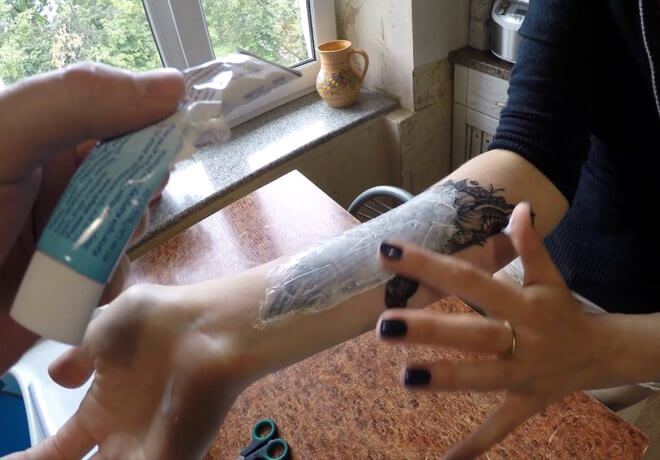

How to care for your tattoo in the following weeks
Tattoo healing time usually does not exceed 2-3 weeks before full recovery.
- A few days after the session, a crust appears on the tattooThe crust appears a few days after the session and you should continue to treat it with the ointment. Do not tear it off, in order not to hurt the already traumatized skin. After some time the crust will dry out and fall off on its own.
- After about a week, the place where the tattoo was applied begins to itch. - This is a consequence of tattoos, which must be endured. If the tattoo itches - it means that the recovery process went. But to scratch it is impossible, at most - to pat with the palm.
- Then, around the second week, the itching changes to peeling. - there is a renewal of the skin. At this stage, you can no longer use the healing ointment and replace it with baby cream, applying a small amount to the skin. Flaking soon passes.
- To the question, how long does the tattoo on the leg heal, the answer is unambiguous: longer than in other places. Especially if the picture requires correction, then the recovery can take more than a month, and to monitor the state of the tattoo is necessary until the healing.
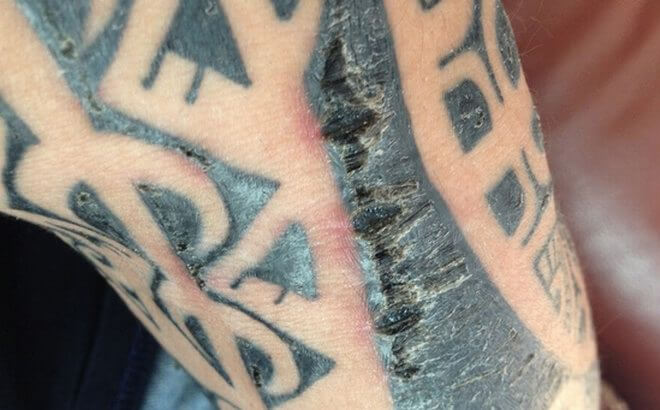

How to take care of a tattoo after its recovery
Even after passing all stages of tattoo healing, it is necessary to continue to take care of it.
Interesting: A henna tattoo at home. How to do mehendi painting
- If the tattoo was applied in the summertime, even after it has healed, you should apply sunscreen to the body before going outdoors. This is to ensure that the sun's rays do not cause the tattoo to lose its brightness.
- If you made a tattoo in a cool time, try to pay attention that the clothes not too tightly adjoined the body. From constant friction or sweat, the design may change its color, so wear loose clothing and keep the tattoo moisturized.
- Can I drink alcohol? No matter how long a tattoo takes to heal, after it has been applied for some time YOU CAN'T DRINK ALCOHOL! The fact is that it increases the pressure, which destroys the paint that is injected under the skin, and it is better not to take alcohol.
- You should also be careful with sports. Even after the complete healing of the tattoo, it is not excluded that physical exercise will negatively affect the drawing - as a result of exercise you sweat, which can lead to irritation of the tattooed place.
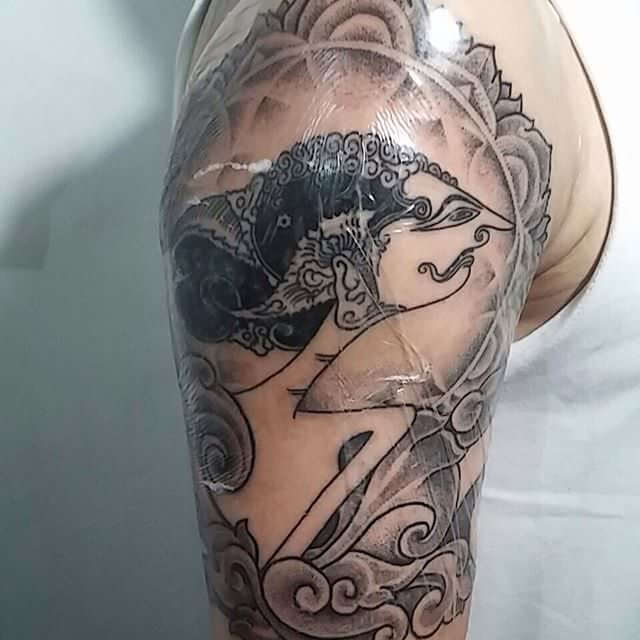

Important moment!
It is impossible to determine the exact number of tattoo removal sessions!
When the laser beam affects the tattoo it instantly gets lighter (especially in the first sessions), due to the destruction of the upper pigmented layer, and then the color returns and can become even brighter, due to the lifting of the underlying pigment and only after about 2 months from the procedure you can see the final effect. Why? - you ask. Read the answer below.
The "flushing out" of the pigment destroyed into small particles occurs within a month and a half to two months. And if you think that the more often you go, the faster you will get rid of it, it is not true. If you repeat the procedure earlier, the "not erased" residual pigment prevents the removal of the pigment lying deeper and the effectiveness of the procedure is negligible. The maximum effect after the removal procedure is manifested gradually, over a period of one and a half to two months!
The effect of the first time. The greatest effect of the procedure is seen after the first removal. As the brightest, most pigmented layer is destroyed. The subsequent times will not bring you such an enthusiastic result.
What to do if the tattoo does not heal
Unfortunately, there are cases when the tattoo does not heal for a long time, becomes inflamed and distressing with bad symptoms. This can happen either because of the individual characteristics of the body, or because of improper care. What measures should be taken?
- You should keep the area of the body with the pattern outdoors as much as possible, so that the skin "breathes". Clothing only hinders the recovery of the pattern.
- It is obligatory to treat the damaged place with an antiseptic. For example, a solution of "Chlorhexidine": moisten a absorbent cotton and gently wipe the tattoo, it will reduce inflammation.
- After applying the solution to the image should apply any healing and anti-inflammatory ointment. Such a procedure should be carried out at least 2-3 times a day..
- What to ointment a tattoo with for a quick healing? After all unpleasant symptoms have gone, it is necessary to treat the image some more time with the ointment which you used initially right after the tattoo drawing - "Aetonium or "Bepanten..
Permanent makeup and the subtleties of its removal.
We have been familiar with the problem of tattoo removal for a long time. But the removal of permanent makeup relatively recently so massively entered our lives. It is connected with the development of the beauty industry and the desire of the beautiful half of humanity to simplify their lives by excluding such a notion as classic make-up from their morning routine. But it is not always the case that permanents bring the long-awaited result, and the reflection in the mirror is not at all pleasant in the morning. That's where the question arises - how to get rid of it quickly? The answer is simple - with the help of the same laser systems.
The nuances of permanent makeup removal:
- Often the warm shades of permant after laser exposure become darker.
- Laser tattoo removal in one session is only possible in the eyelid area, because the depth of the pigment in this area is the uppermost layers of the epidermis, and the amount of the dye is negligible.
- Laser removal of the eyebrow tattoo is a longer and more time-consuming process, as, however, and a similar procedure on the lips. This is due to the depth of the pigment and the use of warm colors, as well as repeated correction in order to obtain a richer color.
- After removal of permanent make-up it is possible to use it again after a few months.
- If unwanted areas are camouflaged with flesh tones, you will not be able to use laser later. All flesh tones (especially white) contain titanium oxide. The laser beam simply does not see it!
- Laser removal of eyebrow tattoo is a painful procedure, which necessarily leads to discoloration of the hairs. But eyebrow growth is stimulated - a nice bonus of eyebrow tattoo removal. The color of the eyebrows is restored along with the growth of new hairs.
- Swelling of the eyelids disappears on about the third day.
- The use of decorative cosmetics is allowed with the complete healing of the skin.
Signs of a fully healed tattoo
Restored completely or not, you can understand the following signs.
- The design looks completely natural, with redness completely gone from the skin.
- The crust has dried and fallen off naturally, and the tattoo has stopped itching.
- There is no swelling, thin film after the crust, or peeling on the drawing.
If you don't feel any discomfort at all, your tattoo is healed.


Potential side effects and complications


Risk of infection
As soon as the master finishes his work, the area of skin on which the drawing is applied will be sore, itchy, bleeding and inflamed. This is completely normal, as is the plasma oozing out of the wound.
We advise seeing a doctor immediately if these symptoms persist for longer than two weeks, or if pus appears on the tattoo.
Risk of contracting something.
Because of reused and improperly sterilized equipment or contaminated ink, it is theoretically possible to contract hepatitis B, hepatitis C, tetanus and HIV.
That's why it's so important to be responsible about where you get your tattoo. Be sure to make sure the studio has the proper license.
- FashionWhere does it hurt the most? Worst and best places for tattoos by pain and durability
Risk of allergies
Be prepared for the fact that you may also become allergic to the ink, especially if colors such as red, green, yellow or blue were used in the drawing.


